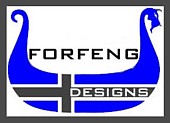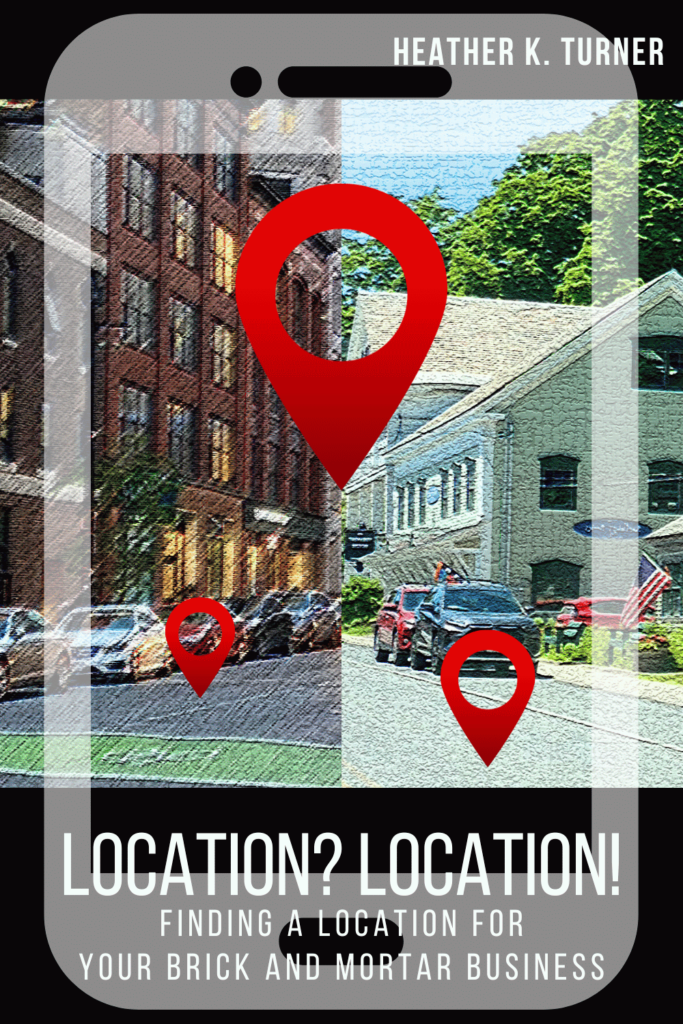Last week I ran a SCORE workshop on Recruiting and Retaining Volunteers for Nonprofits and there were some things I touched on that might be helpful for any nonprofits (based on feedback from my attendees) to think about as many people on the call were unfamiliar with them.
Often there is a discount between volunteers and the people running and organizing the nonprofit and it usually starts from the beginning when a volunteer first starts volunteering with an organization.
Many nonprofits I have worked with over the years don’t have a system or documentation in place for this. But some do and it will only help a nonprofit have outlined and to go over with new volunteers the expectations of what a volunteer will do, as well as the training expectations a volunteer may go through.
There are some simple bullet points that are key to volunteer communications.
- Clearly outlined
- Clearly explained
- Expectations
- Clear direction
- Do and Don’ts
Onboarding Checklist:
I also suggested an onboarding checklist for new volunteers and most of the nonprofits on the call were not familiar with the concept, so I came up with sample one based on the many nonprofits I have worked with over the years.
This is in Google docs, but can be downloaded as a Microsoft Word Document by going to the “File” menu in the top bar, then to “Download” and the submenu will give you the option to download it as MS Word.
ASK Principle:
Something I have used for years with volunteers, I call the ASK principle. I know there are variations of this floating around but I’ve found this works well.
ASK (Ask questions, Seek to understand, Know how to listen)
When applying the ASK Model within a nonprofit, it’s about creating a two-way dialogue that values volunteers’ inputs, addresses their concerns, AND strengthens their connection to the organization.
A: Ask Questions
Objective: Engage volunteers by soliciting their opinions, needs, and preferences to tailor the organization’s offerings and communications effectively.
Example: Using a volunteer survey (it can be anonymous) to seek feedback.
S: Seek to Understand
Objective: Dive deeper into the feedback or concerns raised by volunteers to genuinely understand their experiences and expectations from the organization.
Example: As a result of the volunteer survey, you follow up with ALL of your volunteers to go over the feedback results, positive and negative.
K: Know How to Listen
Objective: Actively listen to what volunteers are communicating, both verbally and non-verbally, to acknowledge their feelings and show that their voices are heard and valued.
Examples: While volunteer one-on-one meetings can be very insightful, if a volunteer is having a problem or issue with a supervisor or volunteer leader, they may feel reluctant to share. If it’s regarding another volunteer, they may feel like it’s telling tales out of school, or the reluctance factor may also be there because they may not know of any prior relationships the person they are speaking with may have with the person in question. Are they buddies, do they do things together, etc. I always recommend to nonprofits and business owners as well is if there is a management issue, have more than one person talk to the person experiencing some challenges. People may open up when speaking with someone else and other details may also emerge that were not touched on in the initial conversation.
Volunteer group meetings can also be very productive, but sometimes can be counter-productive if one or two people monopolize the floor. Having someone that can act and be impartial, a “Switzerland” so to speak, as a moderator, can help keep people on track and let others speak.
I’ve always found when listening to volunteers, it works well to echo back to a person, whether in a one-on-one setting or a group, “this is what I heard you say.” Is this correct or did I mishear or misunderstand?
This accomplishes three things, one it reinforces to the speaker that you were actually “listening” to them, two, it helps you better understand an issue or problem when you have to repeat it, and three, echoing back makes sure that what the person is “actually” saying is understood correctly.
They might have said, we are having a problem with a volunteer leader because they don’t respond quickly to phone calls or emails, YOU might hear, well they are having a problem with the volunteer leader, and they are unhappy but not specifically WHY or the WHY maybe misheard or in a lot of cases misinterpreted.
Volunteer Personas:
In 2022, I had written a blog post about customer personas and using social media to data mine for information. Customer personas can be extremely useful for creating customer profiles, but they can also be very useful to nonprofits.
You can use the same concept and create volunteer profiles and member profiles (if your NP is membership based) and that can help with recruitment of both. These examples are ones I created for a horse nonprofit organization as examples for a prior presentation.
As follows are two examples each of a volunteer persona and member personas.




S.W.O.T. for Nonprofits:
I also want to add, the benefit of using S.W.O.T. (Strengths, Weaknesses, Opportunities, Threats) analysis can also be very useful for a nonprofit and can analyze volunteers, board makeup, volunteer leaders, members, the organization itself, fundraising and help identify things going on in the organization that might need attention.
Having your board of directors do this in conjunction with your Executive Director and Committee Members helps to get lots of insights, different viewpoints and, in many cases, inspiration and direction.
These two examples are ones I’ve done on various nonprofits over the years that I have either volunteered with or worked with as a personal business client.


I hope some of these tools are helpful as an organization goes through their nonprofit journey.


